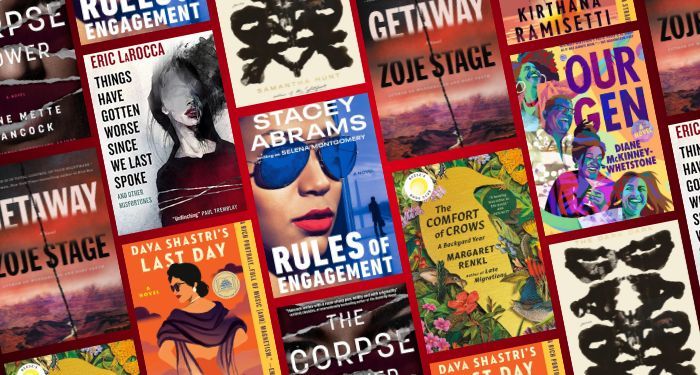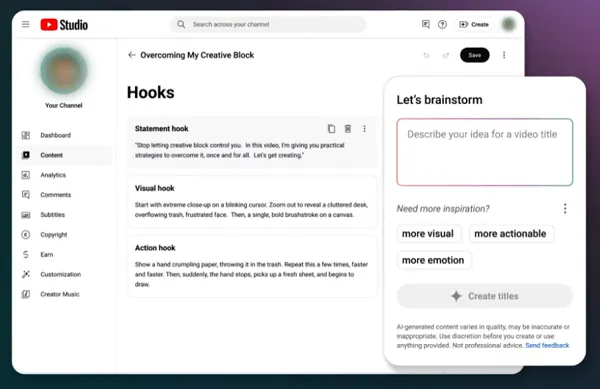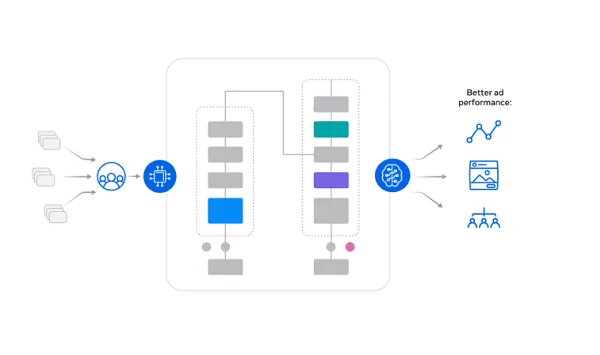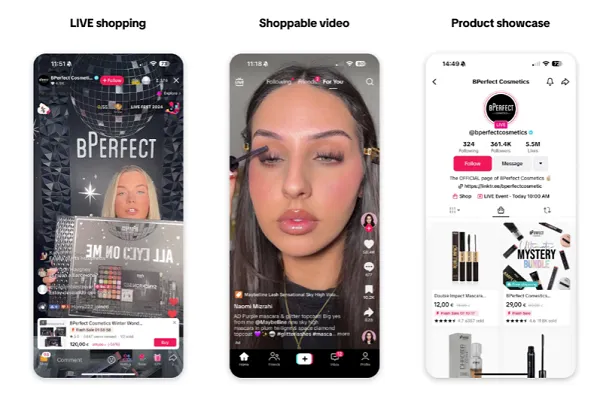Every content provider wants more engagement with their online content. Effective content recommendations are one way to achieve this. but there’s no one-size-fits-all approach.
Here’s how to develop the best recommendation strategy for your site, content and audience. Most off-the-shelf content recommendation engines will not have all the capabilities discussed here, but knowing what’s possible will help you find the best solution for your business.
What is content recommendation?
Content recommendation systems suggest additional content to visitors based on what they will likely be interested in. For example:
- YouTube and Netflix use content recommendations to suggest additional videos and TV shows to their users based on their viewing history.
- Spotify finds patterns in musical tastes and recommends similar songs.
- My daughter says TikTok is amazingly good at finding relevant content for her.
The goal in all these cases is to keep the visitor engaged with yet another compelling piece of content on your platform. But this raises two critical questions:
- How does the system know what to recommend?
- What is the context of the recommendation?
How content recommendation works
Content recommendation relies on data analysis to accurately predict what content a user is likely to engage with. In general, it collects data on user behavior, such as what pages they’ve visited, what they’ve clicked on and how much time they’ve spent on each page. It can then generate different kinds of recommendations, including:
- Popular articles on the site right now.
- Popular articles in a specific category.
- Popular articles by a specific author.
- Articles read by visitors who read the current article.
- Articles that visitors with similar browsing histories have read.
- Popular articles for people with a specific job title.
- Articles read by people who are like the reader.
- Articles read by people in a specific geographic area.
Each option might have a different use for various content or on distinct areas of your website. You’ll notice that some of them (like “most popular on the site right now”) rely on simple analytics, while others (“people like you like these articles”) are based on look-a-like modeling.
Drive-bys vs. regulars
If your site is like most, a lot of visitors read one article and then leave. Getting some of those “drive-bys” to stay for one more page view can make a huge difference in your site traffic. Good content recommendation is one way to address that issue.
The trouble is that you don’t know as much about the drive-bys. They have no history on your site, so it’s harder to do look-a-like modeling. But there are some options.
- You can use third-party cookie/audience data for however long that is still available.
- You can use data from the HTTP header, such as geolocation or referrer.
- You can rely on general site statistics from your other readers.
You have many more options with your regular visitors. In addition to everything you can do with the drive-bys, you can make predictions based on their unique browsing history, for example:
- Show content similar to the content they have already viewed (in the same category, by the same author, with the same tags or keywords, etc.)
- Compare their browsing history with those with similar browsing history and show the most popular articles among that larger group.
- If you have demographic data on your regulars (i.e., job title), you can show the most popular articles for people with that job title.
Multiple audiences
Many sites have two or more distinct audiences: free users vs. paid users, or B2B vs. B2C prospects. If that’s the case for your site, keeping them separate ensures you make the most relevant content recommendations.
Here’s why. Consider a site about medications with content for consumers and doctors. You want to segregate those stats to recommend doctor content for doctors and consumer content for consumers.
How to classify content
The magic behind content recommendation relies on classifying content to match your and the reader’s goals. Content can be classified in several different ways, such as:
- Words in the title.
- Keywords or tags.
- Word density in the article.
- Categories.
- Author.
- Long vs. short articles.
How the content is classified might affect your use case. For example, if your site has long articles and excerpts, you might not want to recommend long articles to people who prefer to read excerpts.
Types of content recommendation algorithms
There are various types of AI-based content recommendation algorithms that you can use to improve your website. Here are some of the most common ones.
Collaborative filtering recommends content based on the behavior and preferences of similar users. It analyzes the historical behavior of users and recommends content that users with similar preferences have interacted with.
Content-based filtering recommends content similar to the user’s previously consumed content. It analyzes the content of the page the user is currently viewing and recommends similar content based on keywords, tags and other relevant information.
Hybrid recommendation combines collaborative filtering and content-based filtering to provide more accurate and diverse recommendations. It considers both user preferences and the characteristics of the content being viewed to make better recommendations.
Popularity-based filtering recommends content based on the popularity of the content. It recommends the most popular content viewed, shared or interacted with by many users. Combining popularity-based filtering with other types – for example, this content is most popular among people with this job title – is a very powerful tool.
Knowledge-based filtering recommends content based on user profiles and preferences. It relies on user data and feedback to provide recommendations that match the user’s interests, such as previous purchases, ratings and reviews.
Reinforcement learning recommends content based on the user’s actions and feedback. It learns from user interactions and feedback to improve its recommendations over time.
Dig deeper: The ROI of recommendation engines for marketing
Choosing a content recommendation engine
As mentioned above, it’s unlikely that any given vendor can provide all of these options. Think about how you want to deploy content recommendations on your site, given your audience, your content and the range of possible options and decide which methods are most likely to work for your unique situation. Take that list to potential vendors and try to find the best match.
Be sure to put the reader first
One of the challenges in creating a successful content recommendation strategy is to ensure you’re putting the reader’s goals first. It’s too easy to fall into the trap of thinking about what you want the reader to do to promote your business model.
Instead, put yourself in the reader’s shoes and design your content recommendation strategy around what will help the reader find the content they want to find. That will be the best for your business in the long run. Addressing the reader’s needs will increase engagement, which is the primary goal.
Get MarTech! Daily. Free. In your inbox.
Opinions expressed in this article are those of the guest author and not necessarily MarTech. Staff authors are listed here.








































![Spider-Man Is Back in Black With the Green Goblin in New Funko Pop! Figures [Exclusive] Spider-Man Is Back in Black With the Green Goblin in New Funko Pop! Figures [Exclusive]](https://static1.colliderimages.com/wordpress/wp-content/uploads/2025/03/spider-man-the-animated-series-green-goblin.jpg)
































